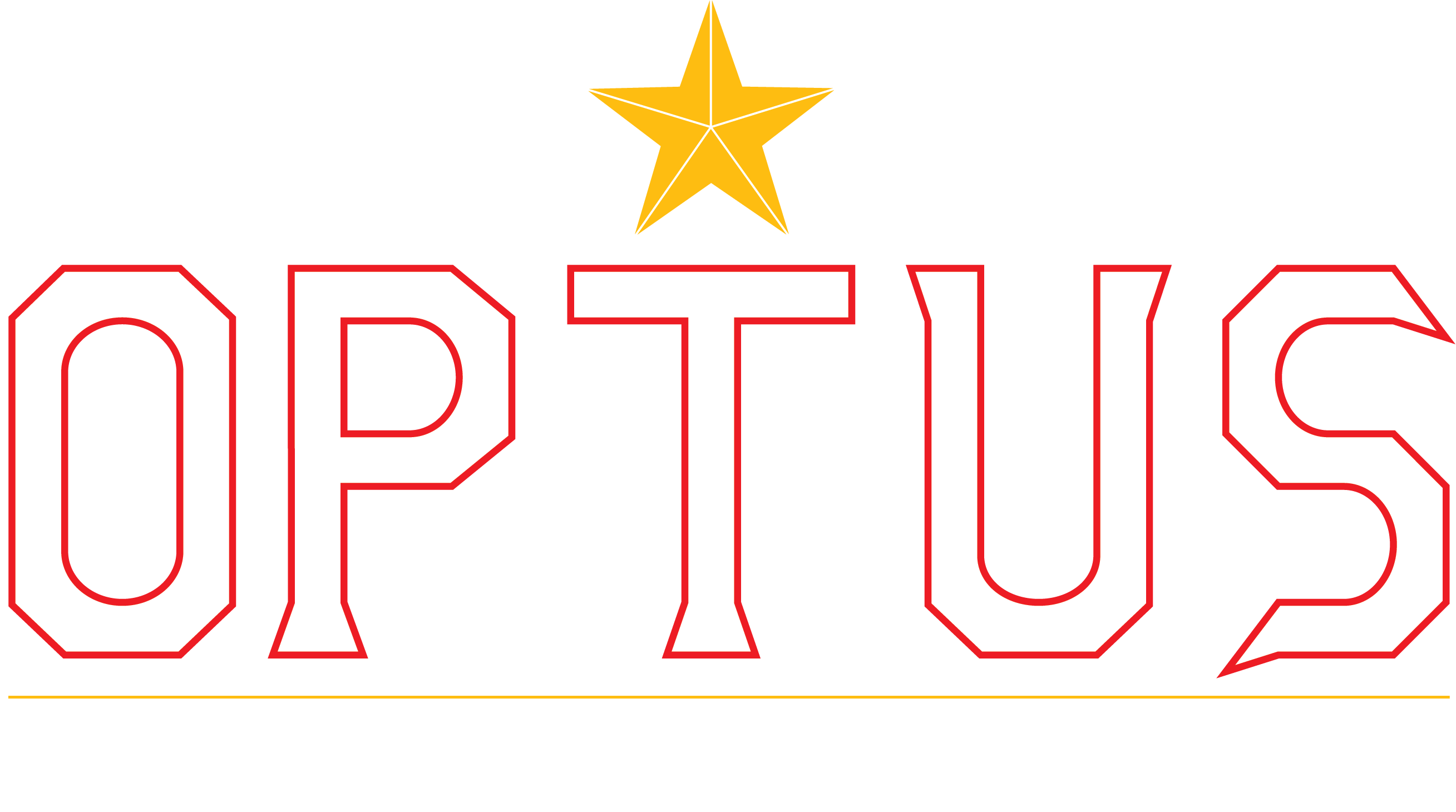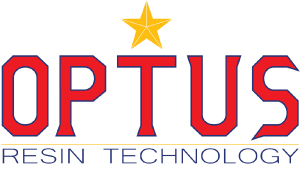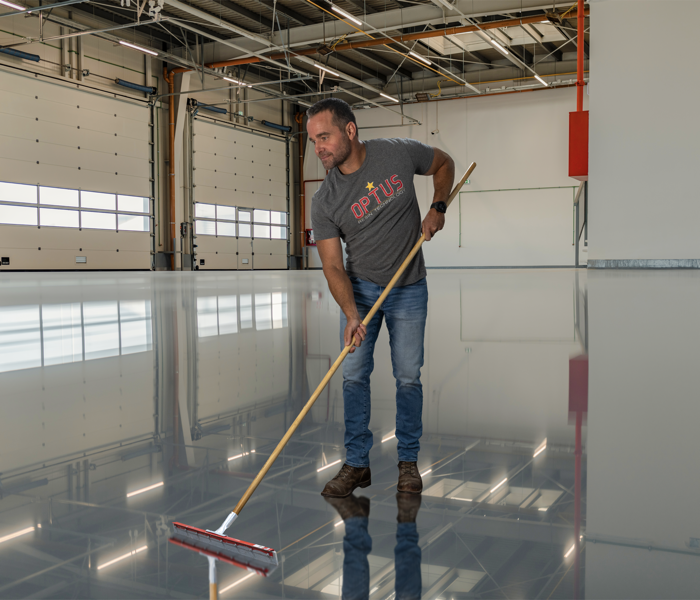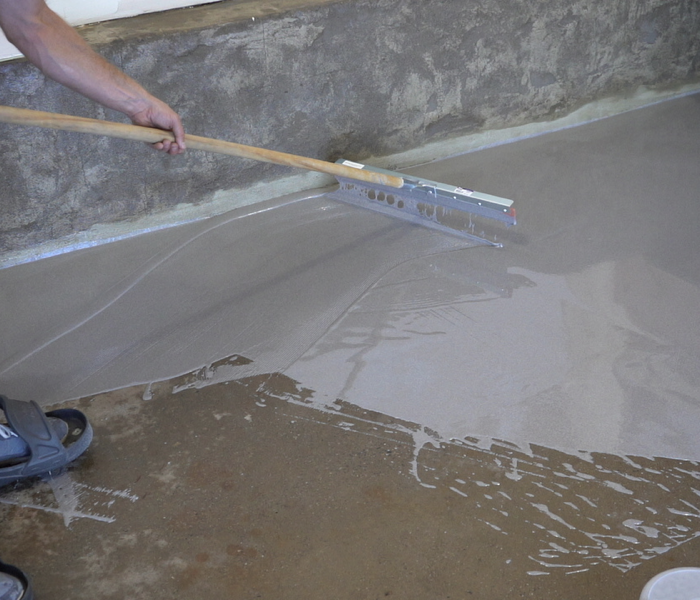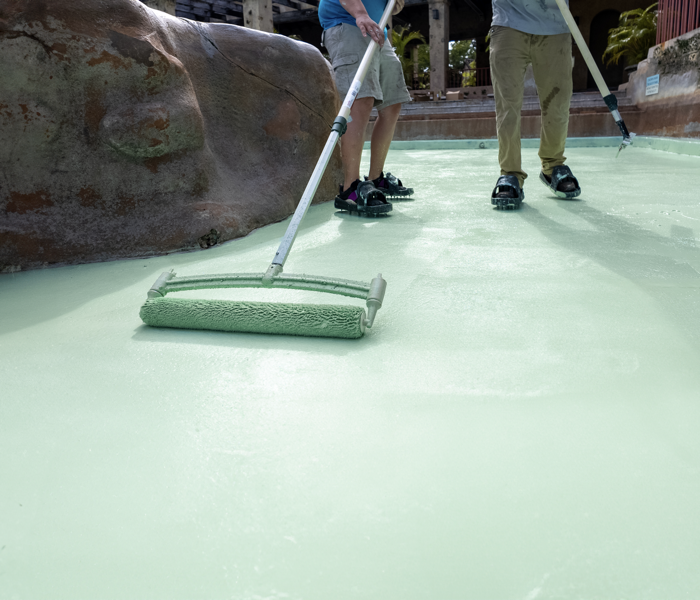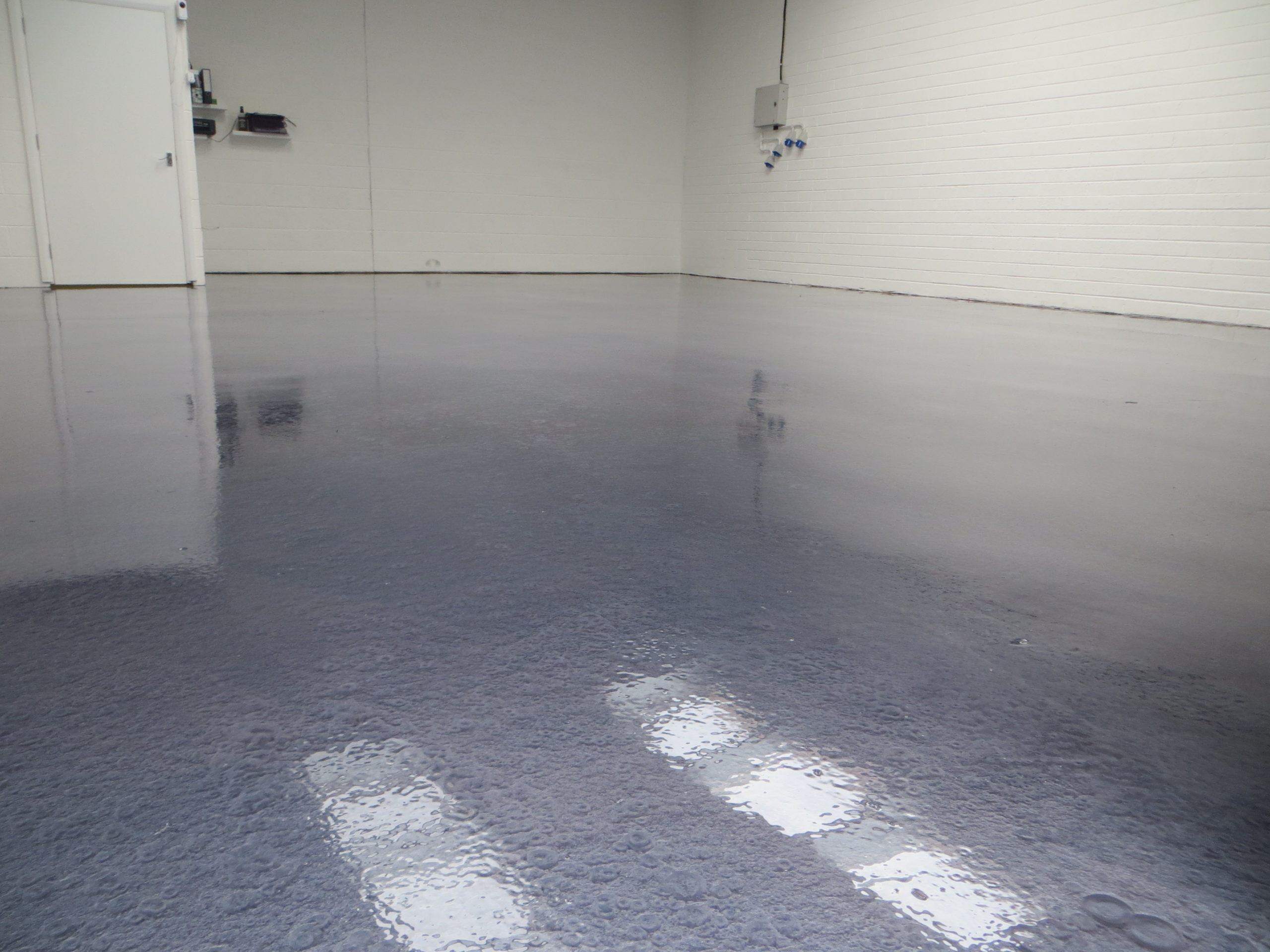
Many people worry about the safety of using resin in their projects. Resin is NOT toxic after it fully cures. In this article, we will guide you through the process and show how cured resin becomes safe to handle.
Key Takeaways
- Fully cured resin is not toxic, making it safe for handling in various projects. The curing process stabilizes the chemical compounds, significantly reducing health risks.
- Different types of resin, including epoxy, polyester, polyurethane, and silicone resins, have unique properties but share the common trait of being non-toxic once fully cured. Proper precautions should still be taken when working with them to avoid exposure to harmful fumes during the curing phase.
- Working with uncured resin can pose potential health risks such as inhalation hazards from fumes, skin and eye irritation, allergic reactions, and even risks of ingestion or carcinogenicity. Wearing protective gear and ensuring good ventilation are crucial safety measures.
- Safety Data Sheets (SDS) provide essential information on handling resins safely. They detail potential hazards, first-aid measures in case of exposure or accidents, and proper storage requirements for resin products.
- Bio – based resins offer an environmentally friendly alternative with reduced environmental impact due to their lower levels of volatile organic compounds (VOCs) and potential biodegradability. They represent a sustainable option without compromising performance for various applications.
What is Resin and its Types
Resin comes in various forms, including epoxy resin, polyester resin, polyurethane resin, silicone resin, and other types. Each type possesses unique characteristics and applications.
Epoxy Resin
Epoxy resin is a popular choice for various crafting and industrial applications due to its strong adhesive properties and durable finish. Once epoxy resin has fully cured, it is not considered toxic, making it safer for handling and use in projects.
The curing process significantly reduces the health risks associated with the chemical compounds in epoxy resin.
Proper ventilation is critical when working with this type of resin, as it can release harmful fumes during the curing phase. These precautions help ensure safety from potentially harmful effects while allowing users to benefit from its versatile application range.
Polyester Resin
Polyester resin, like other types of resin, is not toxic after it has fully cured. The curing process stabilizes the chemical compounds in polyester resin, reducing the associated health risks considerably.
Although polyester resin generally poses lower risk levels compared to some other resins during curing, it is still important to handle and use it with caution to safeguard your health.
When working with polyester resin, proper ventilation and protective gear should be used as a precautionary measure against any potential fumes or skin contact. It’s also essential to follow the safety guidelines provided for handling and disposing of unused polyester resin.
The main characteristics and safety information of polyester resins are typically outlined in data sheets, allowing individuals to be aware of specific precautions needed when working with this type of resin.
Polyurethane Resin
Polyurethane resin, once fully cured, is generally considered non-toxic. The curing process stabilizes the chemical compounds in the resin, significantly reducing associated health risks.
It’s important to handle polyurethane resin with care and take proper precautions to safeguard your health throughout the handling and curing processes. When working with polyurethane resin, be sure to familiarize yourself with the safety data sheets provided by manufacturers for detailed guidance on safe usage and disposal procedures.
Silicone Resin
Silicone resin cures into a non-toxic and heat-resistant material. This type of resin is commonly used in mold making, encapsulation, and electrical insulation due to its high thermal stability and low toxicity.
Once cured, silicone resin does not release harmful fumes or VOCs, making it safe for various applications. It is crucial to understand the specific safety considerations and handling tips for working with silicone resin to ensure proper usage.
Other types of Resin
Other resin types include polyester, polyurethane, and bio-based resins. Polyester resin is popular in mold-making and marine applications due to its high resistance to water and chemicals.
Polyurethane resin is known for its flexibility, making it suitable for coating surfaces or creating flexible molds. Additionally, bio-based resins are an environmentally friendly alternative made from renewable resources such as plant oils or biomass.
These resins offer reduced environmental impact and lower toxicity compared to traditional petroleum-based options.
Potential Risks of Working with Resin
Working with resin poses potential risks to health and safety, including inhalation hazards from fumes and vapors as well as skin and eye irritation due to direct contact. These risks should be carefully considered when working with different types of resin, such as epoxy, polyester, polyurethane, silicone, and others.
Inhalation Risks
Inhaling resin fumes during the curing process can pose health risks. Epoxy resin, for example, can release harmful fumes while curing, so it’s crucial to ensure proper ventilation in the workspace.
Resins containing volatile organic compounds (VOCs) are considered toxic due to heat release during curing lowering the boiling point of VOCs, potentially leading to inhalation hazards.
It is essential to take precautions against inhaling these fumes and always work in a well-ventilated area when handling uncured resin. Understanding the specific composition of the resin being used and taking appropriate safety measures are key in mitigating inhalation risks associated with working with resins.
Skin Irritation
Resin can cause skin irritation, especially if it comes into direct contact with the skin. Uncured resin is more likely to cause irritation as compared to fully cured resin. The chemicals in resin can lead to redness, itching, or rashes on the skin upon contact.
Proper precautions must be taken while working with uncured resin to avoid any potential skin irritation. It is important to wear protective gloves and clothing when handling uncured resin to minimize the risk of skin contact and subsequent irritation.
Curing stabilizes the chemical compounds in resin which significantly reduces health risks associated with direct skin contact. However, despite being less toxic once cured, it is still advisable to take proper safety measures when working with both uncured and cured resin.
Eye Irritation
Resin fumes or splashes can cause eye irritation, leading to redness, tearing, and discomfort. It is essential to wear protective eyewear when working with resin to protect against any accidental contact with the eyes.
Proper ventilation in the workspace also helps reduce the risk of eye irritation from resin fumes. In case of contact, rinsing the eyes thoroughly with water and seeking medical attention if irritation persists are important safety measures.
Allergic Reactions
Allergies to resin can result in a variety of symptoms, including skin rashes, itching, hives, and in severe cases, difficulty breathing. It is important to note that sensitization can occur with repeated exposure to uncured resin and its components.
For individuals who are prone to allergic reactions or have a known sensitivity, it’s crucial to take preventive measures such as wearing gloves, using protective clothing and ensuring good ventilation when working with uncured resin.
Even though cured resin is generally considered safe for handling, those with known allergies should remain cautious and follow appropriate safety guidelines when interacting with any type of resin.
Chemical Exposure
During the resin curing process, chemical exposure is a significant concern. Proper ventilation is crucial when working with epoxy resin as it can release harmful fumes during curing.
Resins that contain VOCs may pose health risks as the heat released during the curing process lowers their boiling point and increases their toxicity. Understanding the specific composition of the resin being used is paramount to determining its toxicity considerations, particularly in relation to UV stabilizers and other additives that may be present.
Dust and Particulate Hazards
Dust and particulate hazards are a concern when working with resin, especially during sanding or cutting cured resin. These processes can create fine particles that may pose inhalation risks if proper precautions are not taken.
It is important to wear respiratory protection and work in well-ventilated areas to minimize exposure to airborne dust. Moreover, using wet sanding techniques and dust collection systems can help mitigate the risk associated with airborne particulates during these activities.
When handling uncured resin, it’s essential to recognize the potential for dust generation from spills or improper mixing. This underscores the importance of using appropriate personal protective equipment (PPE) such as gloves and masks, as well as maintaining a clean work environment through regular cleaning practices.
Ingestion Risks
Resin ingestion can pose serious health risks if not handled carefully. Ingesting uncured resin or its components can lead to nausea, vomiting, and gastrointestinal irritation. Epoxy resin, for example, contains chemicals that are harmful when ingested.
It is crucial to seek immediate medical attention if resin is accidentally swallowed. Precautions should be taken to avoid contact with the mouth and food while working with uncured resin to prevent any potential ingestion risks.
It is advisable to always work in a well-ventilated area and wear appropriate protective gear like gloves and masks when handling resin to minimize the risk of accidental ingestion.
Carcinogenicity
As resin is a widely-used material in various industries, understanding its potential health risks is crucial. Carcinogenicity refers to the ability of a substance to cause cancer.
Although there are concerns about the carcinogenic effects of uncured resin and its components, fully cured resin is generally considered safe in terms of carcinogenicity. The curing process stabilizes the chemical compounds in the resin, reducing health risks significantly.
It’s important for individuals working with resins to be aware of safety measures during handling and curing processes to minimize any potential health hazards associated with handling uncured materials.
Resin products have become more sophisticated over time, and it’s essential for manufacturers and users alike to consider product composition when evaluating health risks related to carcinogens.
Safety Measures When Working with Resin
When working with resin, it is important to properly prepare the work area and understand safety data sheets for protective measures. Wearing protective gear such as gloves and goggles is essential for personal safety.
Proper Preparation of Work Area
- Clear the workspace of any clutter or unnecessary items to create a clean and organized environment for working with resin.
- Ensure good ventilation in the work area to minimize exposure to fumes during curing, especially when using epoxy resin that releases harmful fumes.
- Use protective equipment such as gloves and a mask to prevent direct skin contact and inhalation of any potential fumes.
- Place a protective covering on surfaces where resin work will be conducted to prevent accidental spills or drips from damaging the work area.
- Keep the work area well – lit to ensure accurate measurement and mixing of resin components, reducing the risk of errors or accidents.
- Store all resin materials and tools neatly in their designated areas within the workspace to maintain an organized and safe environment.
- Have a fire extinguisher on hand as a precautionary measure in case of accidental spills or other unexpected incidents during resin work.
- Implement a proper waste disposal system for any leftover or unused resin materials, following guidelines for safe and environmentally friendly disposal.
- Regularly inspect and maintain the ventilation system in the work area to ensure it is functioning effectively in removing any potential fumes or airborne particles.
Understanding Safety Data Sheets
Safety Data Sheets (SDS) provide vital information about the potential hazards, chemical composition, and safe handling of resin and its curing agents. These documents are a crucial resource for understanding the risks associated with working with resin and necessary precautionary measures.
SDS outlines essential details such as physical and chemical properties, toxicological information, safety precautions, first-aid measures in case of exposure or accidents, and proper storage requirements for resin products.
The comprehensive nature of these sheets ensures that workers can access specific information to protect themselves from potential health risks associated with uncured resins.
Additionally, Safety Data Sheets offer guidance on emergency procedures in case of accidental ingestion or exposure to skin or eyes. Understanding these documents allows individuals to make informed decisions about using protective gear based on the identified hazards indicated in the data sheets.
Wearing Protective Gear
The curing process stabilizes the chemical compounds in resin, significantly reducing the associated health risks. However, it is still crucial to wear protective gear when working with resin to minimize potential exposure and ensure safety. Here are the key protective measures:
- Gloves should be worn to protect the skin from direct contact with uncured resin and its components. Nitrile gloves are recommended as they provide adequate protection against chemicals.
- A respirator with appropriate cartridges should be used to prevent inhalation of any fumes or vapors that may be released during the handling and curing of resin. This is especially important for epoxy resin, which can emit harmful fumes.
- Safety goggles or a face shield should be worn to protect the eyes from any splashes or aerosolized resin particles during mixing and application.
- Protective clothing, such as a long – sleeved shirt and pants, should be worn to minimize skin exposure to uncured resin and prevent potential irritation.
- It is advisable to work in a well – ventilated area or use an appropriate ventilation system to reduce exposure to airborne particles or fumes while working with resin.
- In addition, wearing an apron or disposable coveralls can further protect clothing from accidental spills and drips of uncured resin.
By following these safety measures and wearing proper protective gear, individuals can minimize potential health risks associated with handling uncured resin while ensuring a safe working environment.
Proper Disposal of Unused Resin
Resin should be properly disposed of to prevent environmental harm and avoid potential health risks. When disposing of unused resin, follow these safety measures:
- Always wear protective gear such as gloves, safety goggles, and a respirator to minimize direct contact and inhalation of harmful chemicals.
- Carefully seal the containers holding unused resin to prevent leakage or spills during disposal.
- Avoid pouring excess resin down the drain or disposing of it in household waste as it can contaminate water sources and harm aquatic life.
- Look for local hazardous waste disposal facilities or recycling centers that accept unused resin for proper disposal.
- Consider solidifying small amounts of residual resin by adding an appropriate chemical solidifier before disposal to reduce environmental impact.
- Consult the safety data sheet for specific instructions on how to properly dispose of the type of resin being used.
- Take note of any regulations or guidelines set by local authorities regarding the proper disposal of hazardous materials like resin.
- Educate yourself on environmentally friendly alternatives for resin disposal that align with sustainability efforts and reduce negative impacts on the environment.
These measures will ensure responsible handling and disposal of unused resin, minimizing environmental pollution and potential health hazards associated with improper disposal practices.
Protecting the Environment
Resin that contains volatile organic compounds (VOCs) and other hazardous chemicals can pose environmental risks during the curing process, releasing harmful fumes that contribute to air pollution.
By following proper disposal methods, such as avoiding pouring resin down drains or into the soil, you can protect the environment from contamination. Consider using bio-based resins made from natural materials to reduce your environmental impact.
Always adhere to local regulations for disposing of unused resin and contaminated materials. Protecting the environment also involves choosing safer alternatives and practicing responsible waste management.
Additionally, consider using resins with minimal environmental impact, such as those with low VOC emissions.
Finally, seek out resin manufacturers committed to sustainable practices and reducing their environmental footprint by utilizing eco-friendly production methods and materials.
Bio-based Resins
Bio-based resins are derived from renewable resources such as plants or vegetable oils, making them an eco-friendly alternative to traditional petrochemical-based resins. These resins offer reduced environmental impact, as they typically have lower levels of VOCs and can be biodegradable.
Manufacturers are increasingly turning to bio-based resins to meet the demand for sustainable and non-toxic materials. With properties comparable to conventional resins, bio-based alternatives provide a safer option for various applications, including 3D printing and coatings.
Being aware of the benefits of bio-resins can lead to more sustainable practices in resin handling and production.
Conclusion
Resin becomes non-toxic after it fully cures. The curing process stabilizes its chemical compounds, reducing health risks. Proper ventilation is crucial during the curing process for certain resins like epoxy resin.
Always handle resin carefully and follow safety guidelines to protect your health. Understanding the specific composition of the resin used can help in ensuring safe handling after curing.
FAQs
When resin is cured, it means that the liquid has been hardened into a solid form, usually through a chemical reaction triggered by UV light or heat.
Yes, once fully cured, most types of resin, like epoxy and UV resin used in 3D printing, become less toxic and are generally considered safe to handle with minimal risk.
While the toxicity decreases significantly after curing, some types of resins might still release harmful compounds in small amounts. It’s important to use safety measures when handling them.
Yes! There are nontoxic resin alternatives available that pose fewer health risks compared to conventional epoxy or UV resins used in 3D printing projects.
Before the curing process completes, uncured resin can be more toxic. Always wear protective gear like gloves and masks and work in a well-ventilated area to minimize exposure to potentially harmful chemicals.
